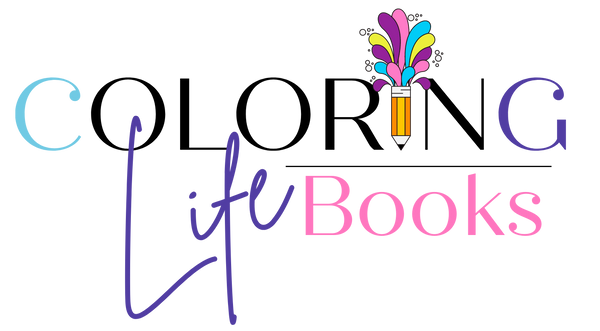Choosing the best coloring tools

Choosing the best coloring tools depends on personal preference, the type of coloring book or page you're working on, and the effect you want to achieve. Here are some factors to consider when selecting coloring tools:
-
Colored Pencils:
- Pros: Portable, precise, and easy to control. They allow for fine details and layering.
- Cons: May require more pressure for vibrant colors. Limited for large areas.
-
Markers:
- Pros: Quick coverage, vibrant colors, and suitable for large areas. Some are dual-tipped with fine and broad ends.
- Cons: Potential bleed-through, limited precision in detailed areas.
-
Gel Pens:
- Pros: Smooth application, vibrant colors, and great for intricate details. Available in various tip sizes.
- Cons: May take longer to cover larger areas, and some brands may smudge.
-
Watercolor Pencils:
- Pros: Blendable like traditional watercolors, precise like colored pencils. Suitable for both fine details and larger areas.
- Cons: Require water and a brush for blending, may warp thin paper.
-
Crayons:
- Pros: Bold colors, easy to use, and suitable for larger areas. Child-friendly.
- Cons: Limited precision and may not work well for intricate details.
-
Colored Markers:
- Pros: Similar to regular markers but with a softer tip, allowing for blending and shading.
- Cons: May have limited color options compared to regular markers.
-
Pastels:
- Pros: Soft, blendable, and suitable for large areas. Can create a chalk-like texture.
- Cons: Fragile and can be messy. Require fixative spray to prevent smudging.
-
Brush Pens:
- Pros: Mimic the effect of painting with a brush. Suitable for both fine details and larger areas.
- Cons: May require a learning curve for control. Some may bleed through thin paper.
-
Digital Coloring Apps:
- Pros: Endless color options, easy to correct mistakes, and often have additional features like textures and gradients.
- Cons: Requires a digital device, may lack the tactile feel of traditional tools.
Factors to Consider:
-
Paper Quality:
- Consider the thickness and texture of the paper in your coloring book. Thick, smooth paper is ideal for markers, while textured paper may work well with colored pencils.
-
Color Palette:
- Choose tools that provide the color palette you desire. Some tools offer a wide range of colors, while others may have more limited options.
-
Precision vs. Coverage:
- Decide if you prefer tools that allow for fine details or those that cover larger areas more quickly.
-
Budget:
- Different coloring tools come at various price points. Consider your budget and invest in quality tools that suit your preferences.
-
Experiment:
- Try different tools to see what you enjoy using. Some artists prefer a combination of tools for different effects.

Ultimately, the best coloring tools are the ones that bring you joy and allow you to express your creativity in the way you enjoy most.
